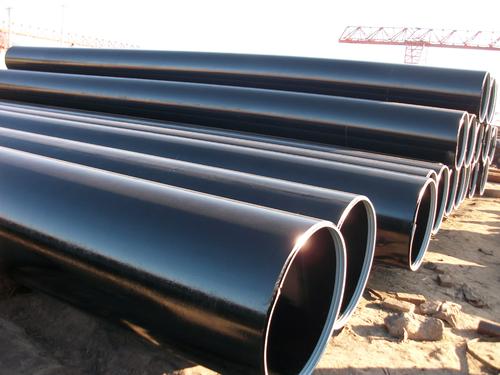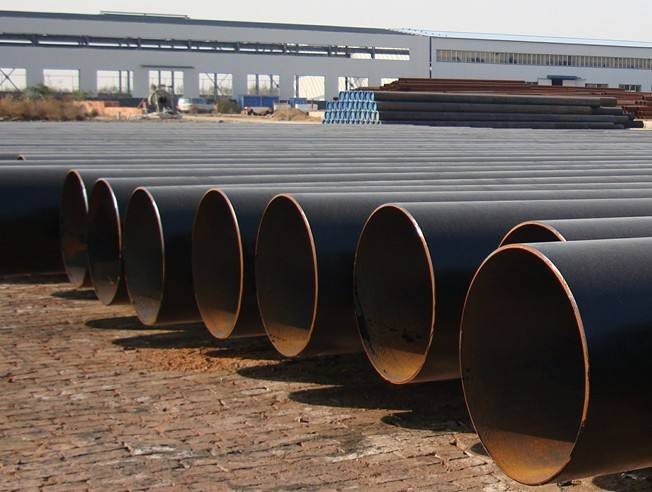
ERW vs. LSAW Steel Pipe - Permanent Steel
ERW Steel Pipe
Straight seam high frequency electric resistance welded pipe (ERW) is divided into induction welding and contact welding according to different welding methods. It uses hot-rolled wide strip steel coils as raw materials, and undergoes pre-bending, continuous forming, welding, heat treatment, sizing, straightening, and Compared with spiral welded pipes, cutting and other processes have the advantages of short welds, high dimensional accuracy, uniform wall thickness, good surface quality, and high pressure resistance. However, the disadvantage is that only small and medium-caliber thin-walled pipes can be produced, and the weld is prone to gray spots. , Unfused, groove-like corrosion defects. At present, the most widely used areas are city gas, crude oil and refined oil transportation.

LSAW Steel Pipe
The finished products of LSAW steel pipe have a wide range of specifications, and the weld seam has good toughness, plasticity, uniformity and compactness. It has the advantages of large pipe diameter, pipe wall thickness, high pressure resistance, low temperature resistance and strong corrosion resistance. In the construction of high-strength, high-toughness, high-quality long-distance oil and gas pipelines, most of the steel pipes required are large-diameter thick-walled LSAW pipes. According to API standards, in large-scale oil and gas transmission pipelines, when passing through Class 1 and Class 2 areas such as alpine zones, seabed, and densely populated urban areas, longitudinal submerged arc welded pipes are the only designated applicable pipe type.
The application of longitudinally welded pipes in steel structures and construction industries can be said to have very good prospects. Because it is characterized by strong earthquake resistance and pressure resistance, new environmental protection, many large-space, large-span buildings, such as stadiums, subway stations and large Of industrial plants are built with it.
According to different molding methods, it can be divided into:
UOE welded pipe: After the single steel plate is pre-bent at the edge, it undergoes U forming, O forming, internal welding, external welding, mechanical cold expansion and other processes;
JCOE welded pipe: according to "J-C-O-E" pre-welding, forming, cold expansion and other processes after welding;
HME welded pipe: It is formed by mandrel rolling method according to "C-C-O", and after welding, it is cold-expanded.

LSAW VS DSAW
DSAW pipes have a seam weld in the inside and outside of the pipe, whereas LSAW pipes have a single seam weld on the outer surface. The difference between LSAW and ERW pipes is that LSAW pipes are produced using steel plates, ERW pipes are manufactured starting from steel coils.
Tips: ASTM A53 covers seamless and welded steel pipe with nominal wall thickness. The surface condition is usually black and hot-dipped galvanized. ASTM A53 is produced mainly for pressure and mechanical applications, and is also used for transport of steam, water, gas line pipes.


